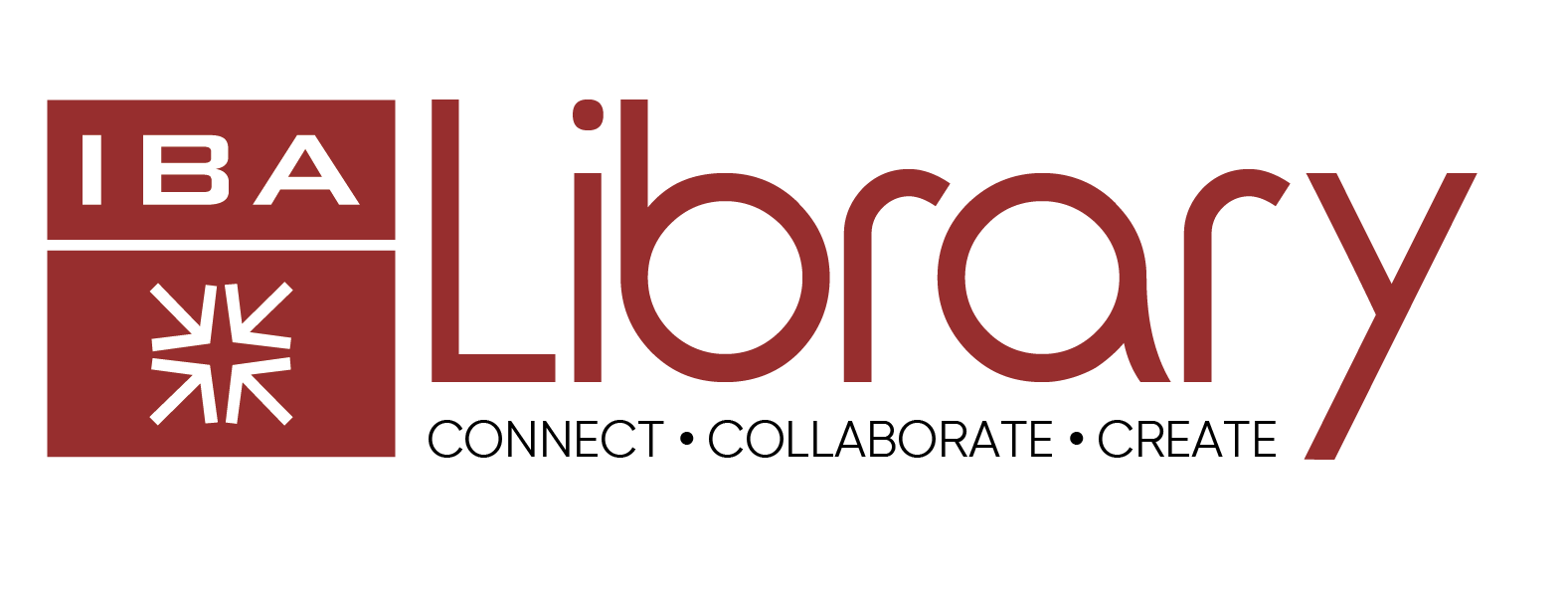Faculty / School
Faculty of Business Administration (FBA)
Was this content written or created while at IBA?
Yes
Document Type
Book Chapter
Publication Date
2004
Book or Conference Proceedings Title
Islamization and the Pakistani economy
Editor(s)
Robert M. Hathaway and Wilson Lee [Editors]
First Page
11
Last Page
35
Publisher
Woodrow Wilson International Center for Scholars
Place of Publication
Washington, D.C
Keywords
Economy,Pakistan,Past,Present,Future,Developing countries,Achievements,Economic performance,Failure
Abstract / Description
I n this shrinking global village, internet chats, cable TV, talk shows and transmissions through satellite dishes have made perceptions more powerful than realities in influencing public opinion.There is a widely held perception in Pakistan—right or wrong—that the popular American view of the U.S.S.R. as an evil empire and communism as a threat to economic and social stability of the world is beginning to resonate itself, with Islam replacing communism and Pakistan and other Muslim countries standing in for the U.S.S.R. Those who hold this perception point, as an example, to the recent Council of Foreign Relations/Asia Society Task Force Report, which aptly sums up the popular American view about Pakistan in the following sentences:“Pakistan presents one of the most complex and difficult challenges facing U.S. diplomacy. Its political instability, entrenched Islamist extremism, economic and social weaknesses and dangerous hostility towards India have cast dark shadows over this nuclear-armed nation.” It is in this context that the Woodrow Wilson Center deserves our commendation for organizing this conference to explore in depth one of the elements of this newly emerging conventional wisdom about Islam and Pakistan—although each one of the components of the above statement deserves further analysis and discourse to sift out the facts from myths. I hope that the candid discussion today will enlighten many of us, clarify a number of issues, and debunk some of the popular myths surrounding Islam and Pakistan’s economic direction. I have chosen to focus my remarks today on the one aspect of Pakistan and Islam that is, in my view, hardly discussed and least known but creates a lot of jitters in the United States.This has increased importance since the elections of October 2002, when an alliance of religious parties won power in the Northwest Frontier Province. I propose to walk you through the past and current trends of the Pakistani economy, sketch the future direction, and offer my own assessment of how the adoption of an Islamic economy, if it indeed happens, will affect Pakistan’s future. This paper is divided into six sections. The first section deals with the past achievements and failures of Pakistan’s economy.The second section presents a synopsis of economic performance during 1999-2003—a period of intensive restructuring and reforms of the economy. Section III distills the policy lessons learned from the historical and most recent experience of Pakistan’s economic management. Section IV attempts to lay down the contours of the future direction of Pakistan’s economy based on the lessons learned and development experience gained from in-country and cross-country record. Section V assesses how the attempts to introduce an Islamic economic model in the country, if successful, will impact upon this future direction.The final section provides insights into the economic prospects of Pakistan in the medium term.
Link to Catalog Record
https://ils.iba.edu.pk/cgi-bin/koha/opac-detail.pl?biblionumber=106183
Recommended Citation
Husain, I. (2004). The economy of Pakistan: past, present and future. Islamization and the Pakistani economy, 11-35. Retrieved from https://ir.iba.edu.pk/faculty-research-series/144

